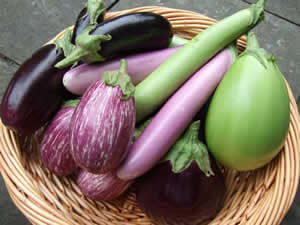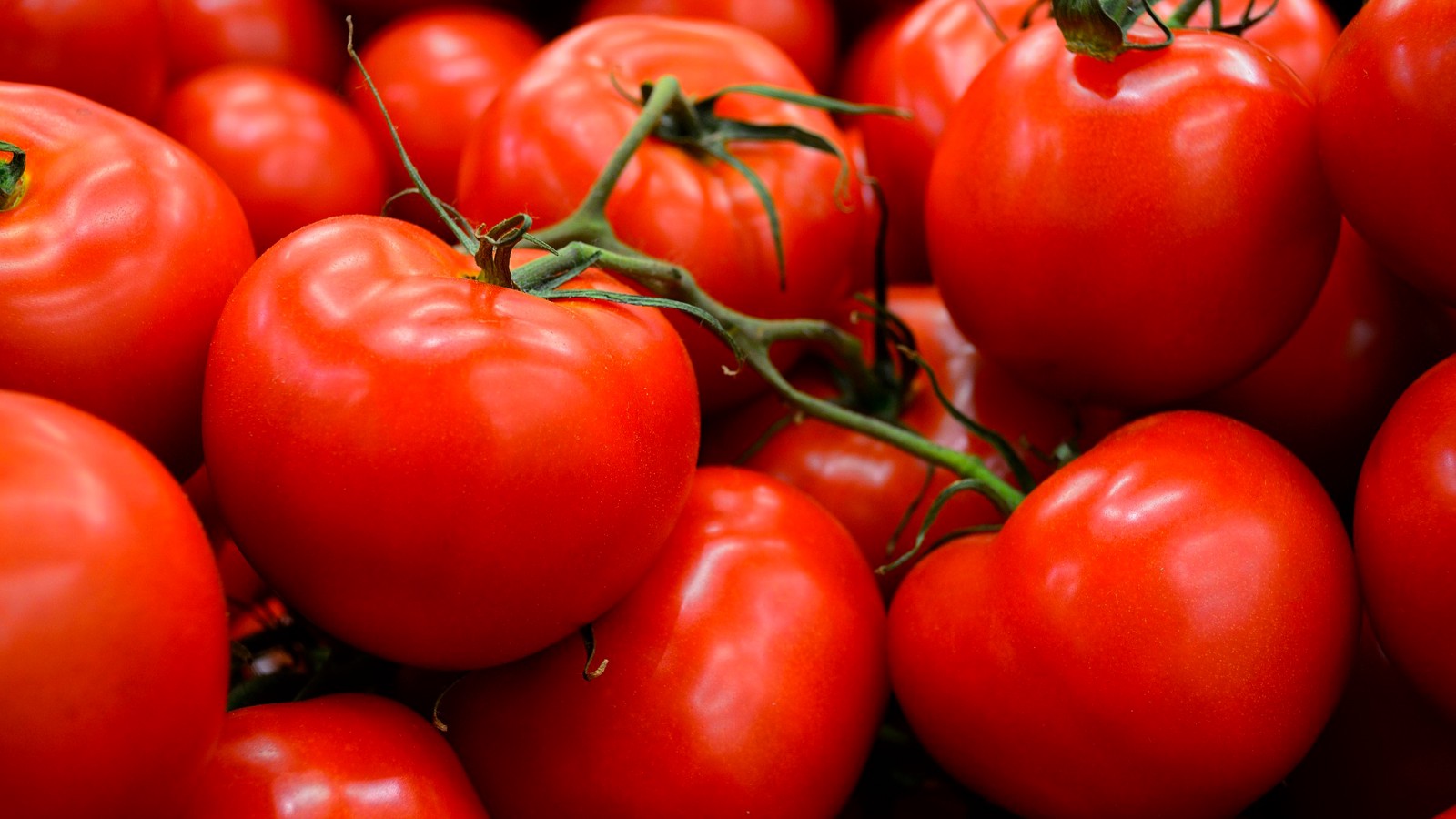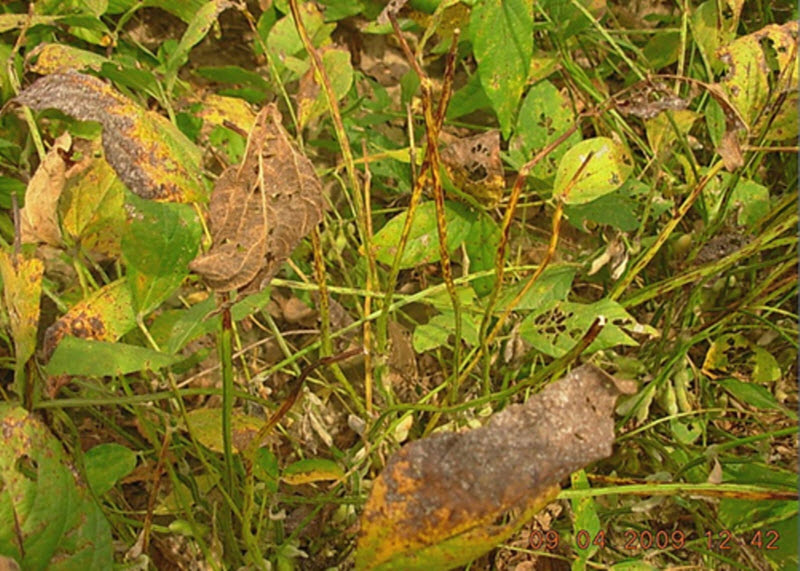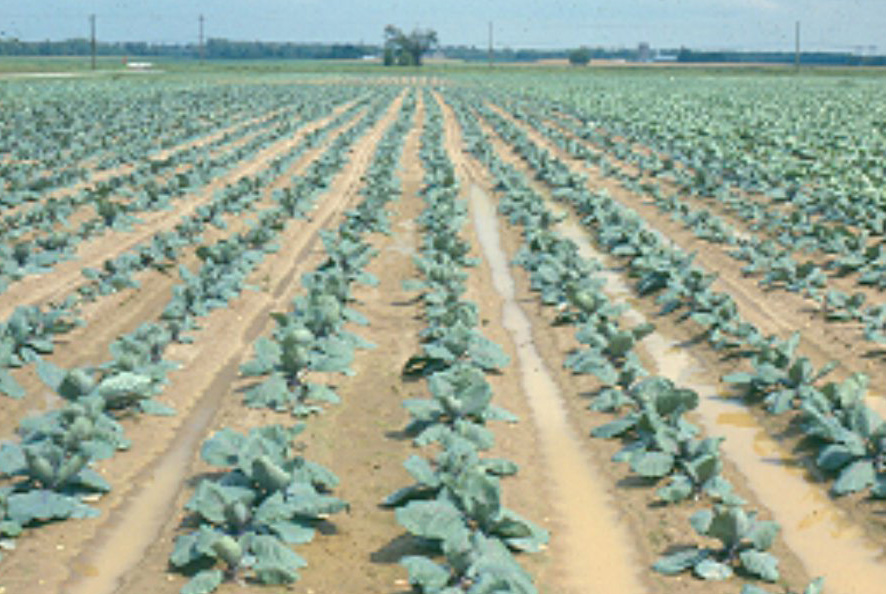Suitable Climate and Soil for Brinjal (Eggplant):-
- Brinjal is a warm season day neutral plant.
- It is highly susceptible to frost injury.
- The temperature range of 21-27°C is ideal.
- for a good growth and yield.
- It can be successfully grown as a rainy and summer season.
Soil :-
- Brinjal can be grown on all types of soils.
- Well drained and fertile sandy loam soils with a pH of 5.6 – 6.6 are best for its cultivation.
Like and share with other farmers by clicking on button below
Share









